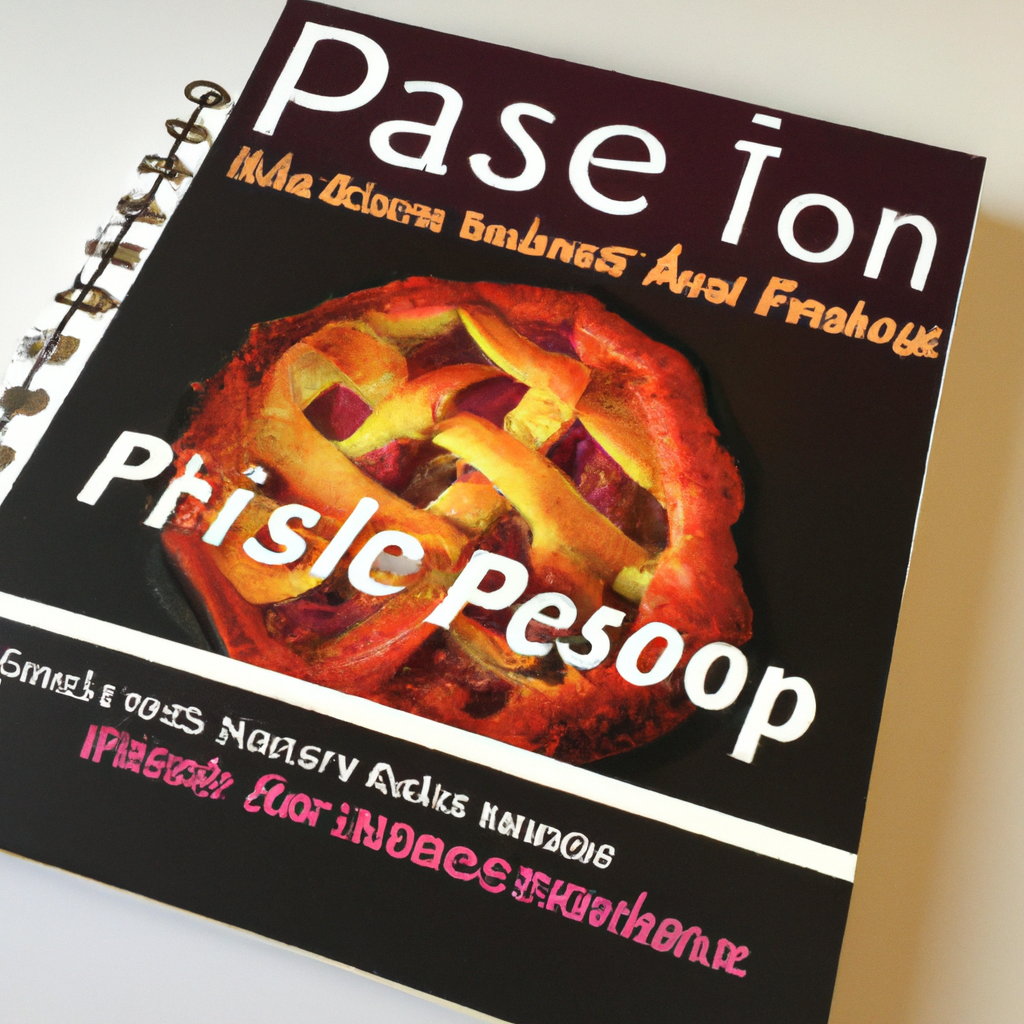Title: The Irresistible Allure of Pies: A Tribute to a Culinary Classic
There’s something incredibly heartwarming and satisfying about a well-made pie. Whether it’s the flaky, golden crust delicately cradling a savory filling or the sweet aroma of a fruit-filled delight fresh out of the oven, pies occupy a special place in culinary traditions worldwide.
The beauty of pies lies in their versatility. They can be filled with anything your heart desires – from a simple yet delectable apple filling to a hearty steak and kidney mix. Pies can be sweet or savory, served as a main course or dessert, enjoyed hot or cold, and still be thoroughly delightful.
The origins of pies can be traced back to ancient times. The Greeks are often credited with the development of the pastry shell, which they made by combining water and flour. The Romans took this a step further, adding meats, oysters, mussels, and fish as fillings. Over time, pies evolved, with different cultures adding their unique twists. The British, for instance, are known for their savory meat pies, while the Americans are renowned for dessert pies like apple and cherry.
Making a pie can be a labor of love. It begins with crafting the perfect crust – a delicate balance of flour, fat (usually butter, lard, or shortening), and cold water. The goal is to achieve a crust that’s tender yet flaky, a task easier said than done. The filling, on the other hand, is where one can get creative. Sweet pies often feature fruits like apples, cherries, or berries, spiced up with cinnamon, nutmeg, and sugar. Savory pies typically include meats or vegetables, seasoned to perfection.
The crowning glory of a pie, undoubtedly, is the crust. Some pies are left open-faced, allowing the filling to take center stage. Others feature a full top crust, crimped around the edges to seal in the filling. Some even bear a lattice crust, offering glimpses of the filling beneath a woven blanket of dough.
Baking the pie is an exercise in patience as the kitchen fills with tantalizing aromas. The wait is worth it when you finally pull the golden masterpiece from the oven – the crust with its beautiful golden hue, the filling bubbling gently from the vents in the crust, promising a taste experience that’s comforting and familiar, yet exciting in its complexity.
In conclusion, pies are not just a culinary delight but a homage to our rich and diverse food heritage. They are a testament to the creativity of cooks over the centuries, a perfect balance of texture and taste, and a universal symbol of home and comfort. So, the next time you enjoy a slice of pie, take a moment to appreciate its humble origins and the culinary journey it undertook to reach your plate.









